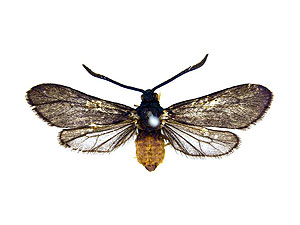Fragile Aglaia (Aglaia fragilis)
The Fragile Aglaia was described in 1942, it is known exclusively from the type material that had been collected one year prior to its description allegedly near the summit of Mt. Nanggaranambuluta, which probably is today’s Mt. Lomalangi in the Nadarivatu region in the northern part of Viti Levu, Fiji. [1]
The species was never found since and is considered extinct.
*********************
Referenzen:
[1] Albert C. Smith: Flora Vitiensis Nova: A new flora of Fiji (Spermatophytes only). Vol. 3. Lawai, Kauai, Hawaii 1985
*********************
edited: 04.09.2019


